
In the early weeks of the Korean War, which had begun in June of 1950, LIFE Magazine dispatched a bevy of journalists to cover the conflict from all angles for the Aug. 21, 1950, issue of the magazine. One of them was Carl Mydans, a long-time LIFE photographer who was also a dependable correspondent.
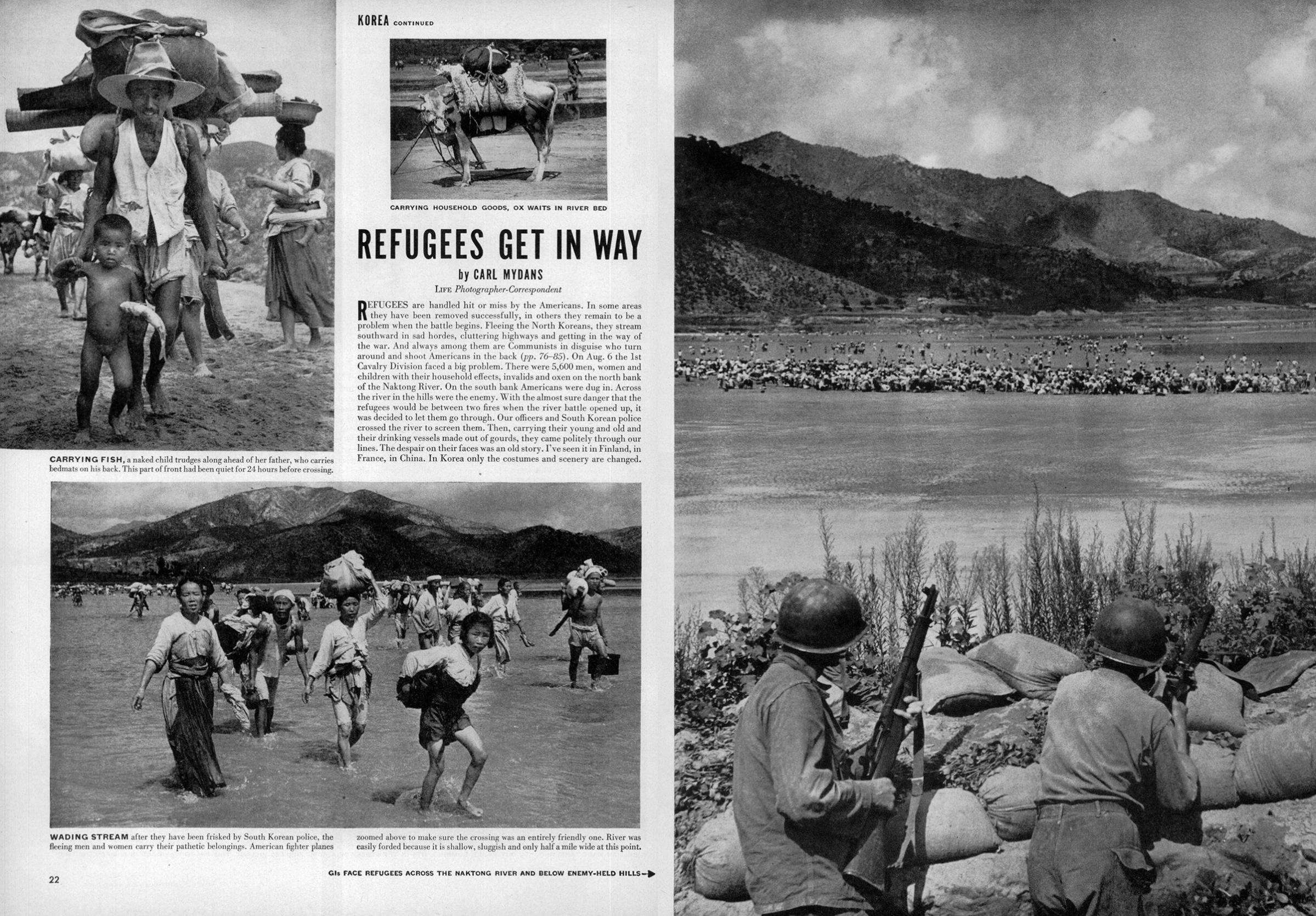
For his slice of the war, Mydans reported on witnessing a potentially tragic situation in which thousands of refugees were trapped between the two military forces. In his notes on the project, which were sent back to LIFE’s offices and have been preserved in the magazine’s archives, Mydans wrote that refugees were “a major problem” for the war effort. As they fled from the North to the South, filtering through the U.S. forces going the other way, their groups were infiltrated by North Korean fighters dressed as peasants, who would fire on the Americans from the rear as soon as they got past. Newly arriving units from Japan and the U.S. thus “vowed they would tolerate no such civilian movement” but quickly found that such a promise was a difficult one, as the civilians were not enemies and refusing to allow them to flee a war zone was not feasible, neither in a moral nor a practical sense.
On Aug. 6, 1950, that problem was thrown into stark relief right in front of Mydans’ eyes: Though the U.S. forces had made an effort to clear out all of the villages near their lines, to prevent the need for civilian movement, the American 1st Cavalry Division found itself face to face, across the shallow Naktong River, with more than 5,000 refugees hoping to cross. Behind the refugees were North Korean fighters. If a battle began between them and the Americans, the refugees were right in the middle.
It was decided, Mydans noted, “with an understanding of the terrible conditions these war victims were in, with no homes, no food, and the almost sure danger that they would find themselves between two fires, when the river battle finally opened up,” that South Korean and American forces would screen them as they crossed.
“What happened in the crossing, how they carried their young and old on their backs and heads,” Mydans wrote, was shown better in the photos than he could describe in words. “This is a picture story — the kind that make the few correspondents with me hope they could present this story in pictures rather than with the typewriter.”
And yet, when a few of Mydans’ photos ran in the magazine, the editors chose a selection of his words to accompany them, too — and in those words is a message that’s particularly relevant on World Refugee Day, which falls this year on Tuesday. The details may have been specific to Korea, he observed, but the plight of the refugee and the need to extend a helping hand was a universal one.

“The despair on their faces was an old story,” the final story read. “I’ve seen it in Finland, in France, in China. In Korea only the costumes and scenery are changed.”
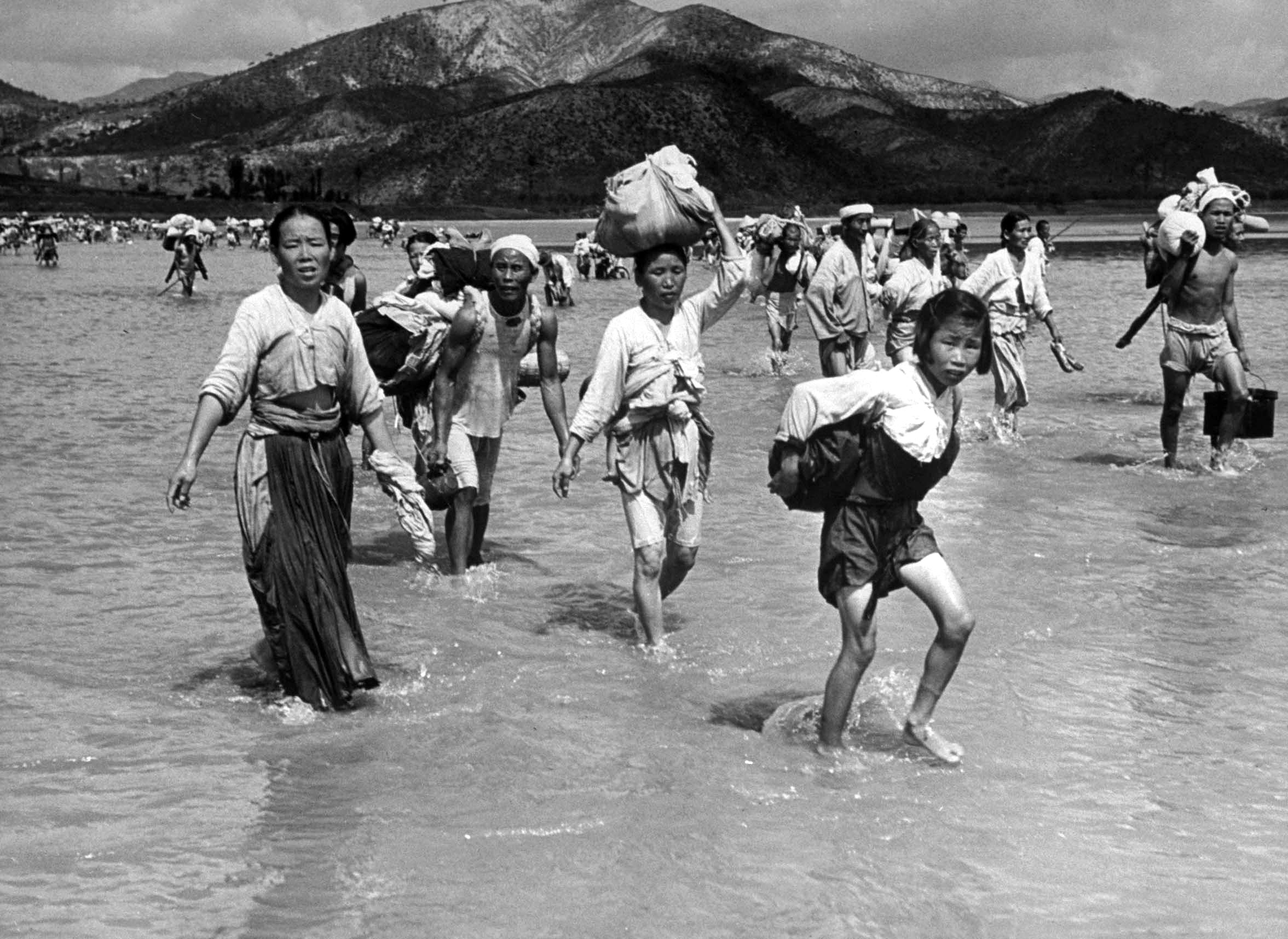
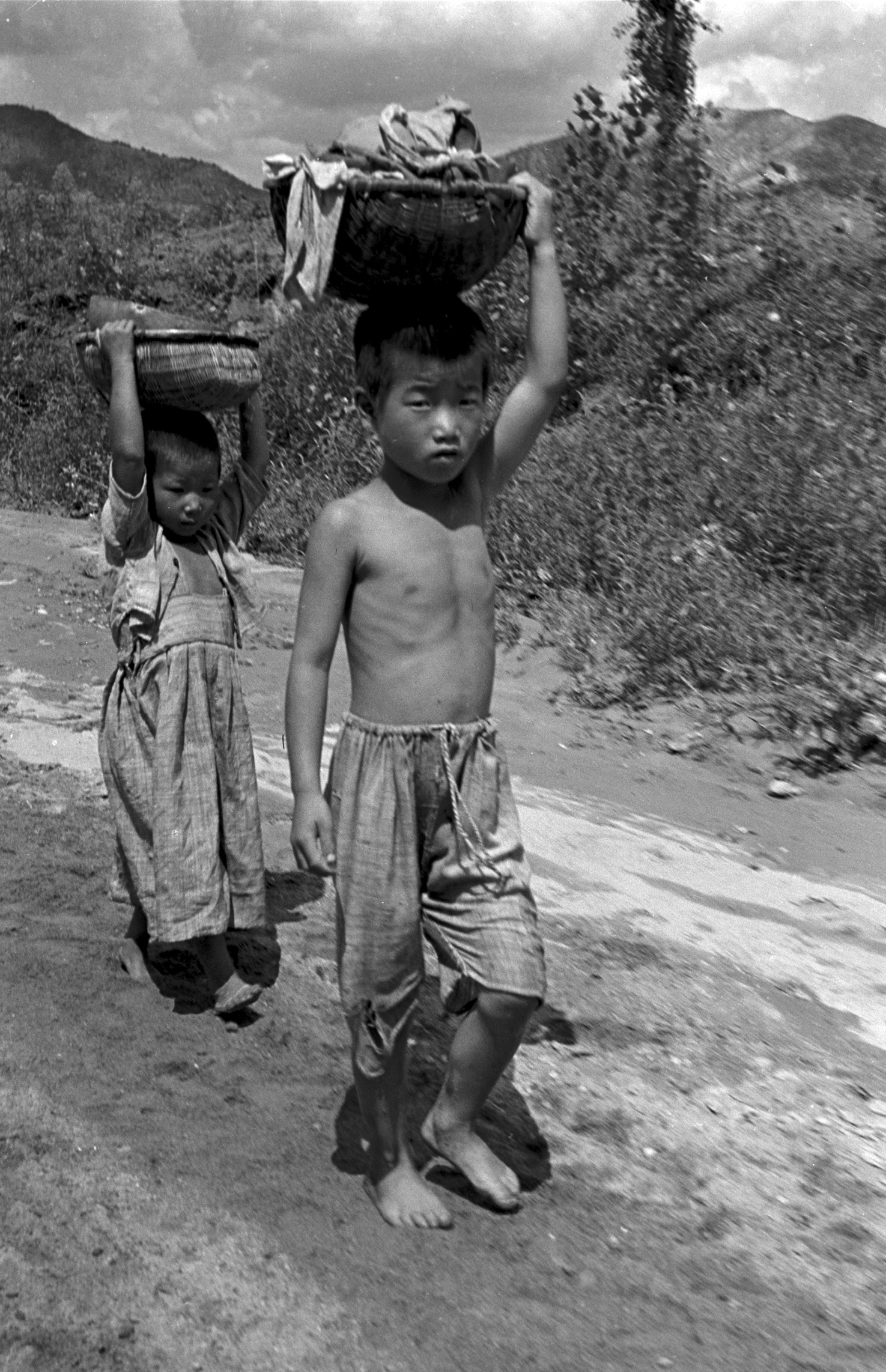
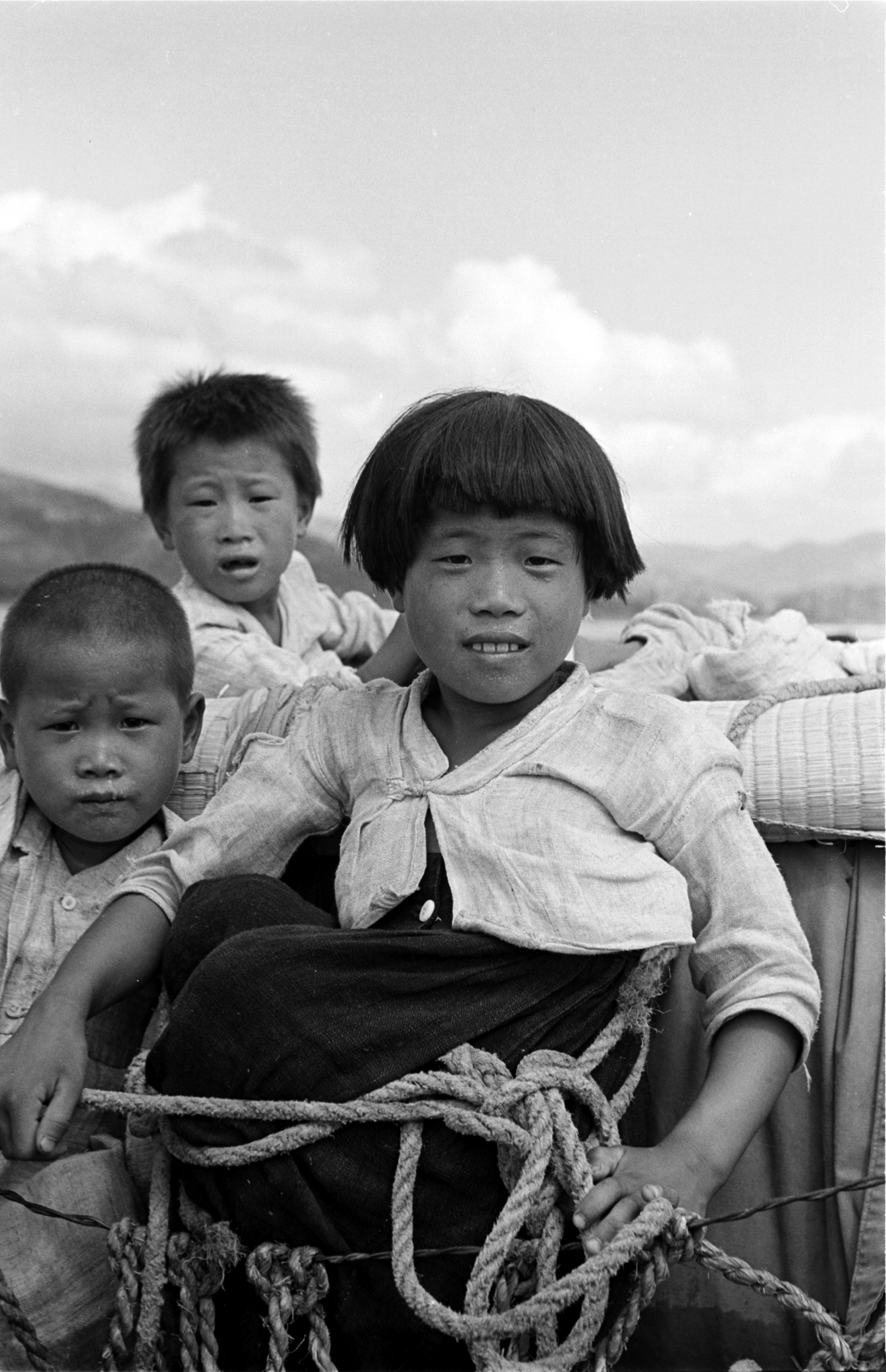


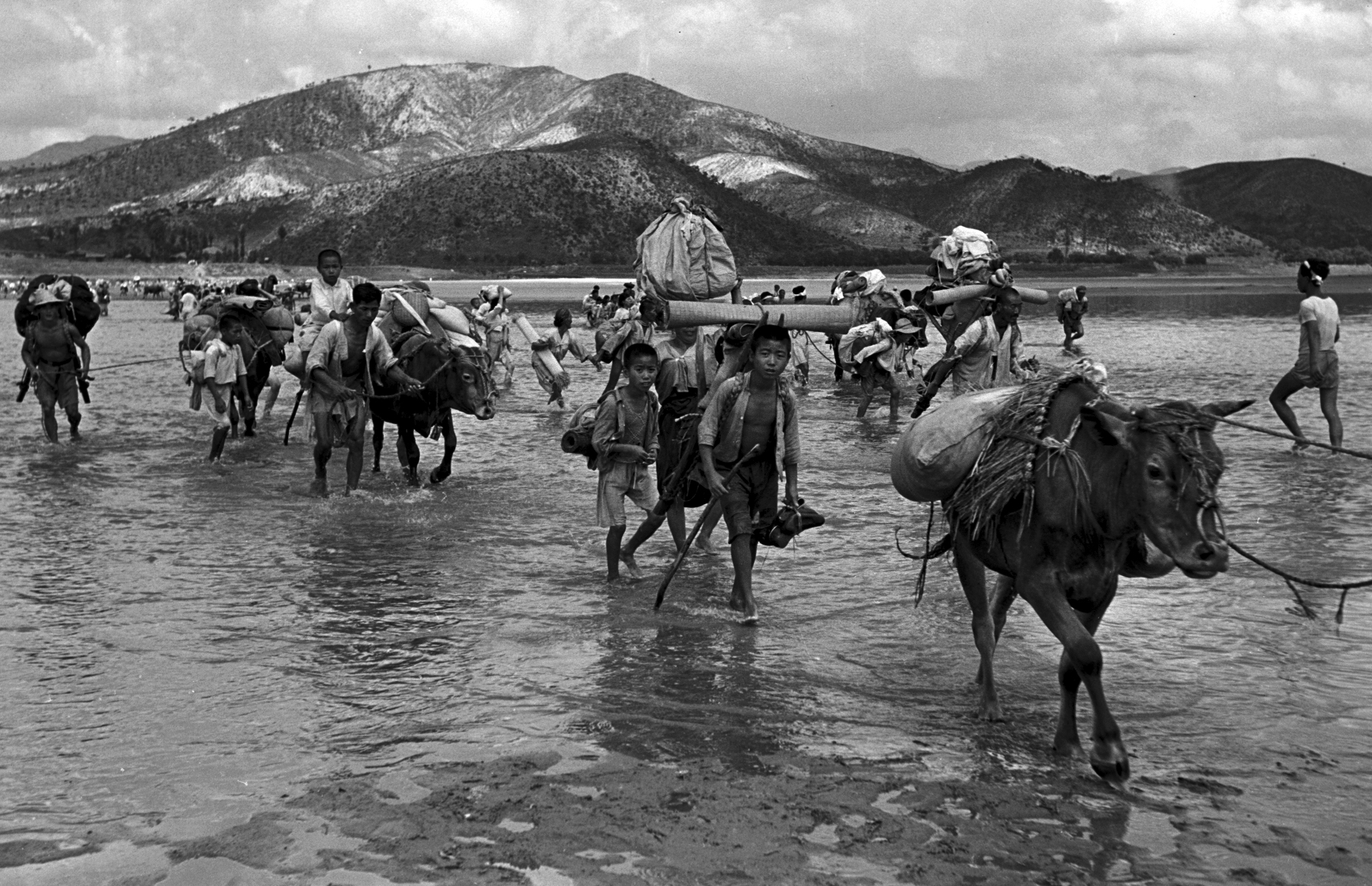
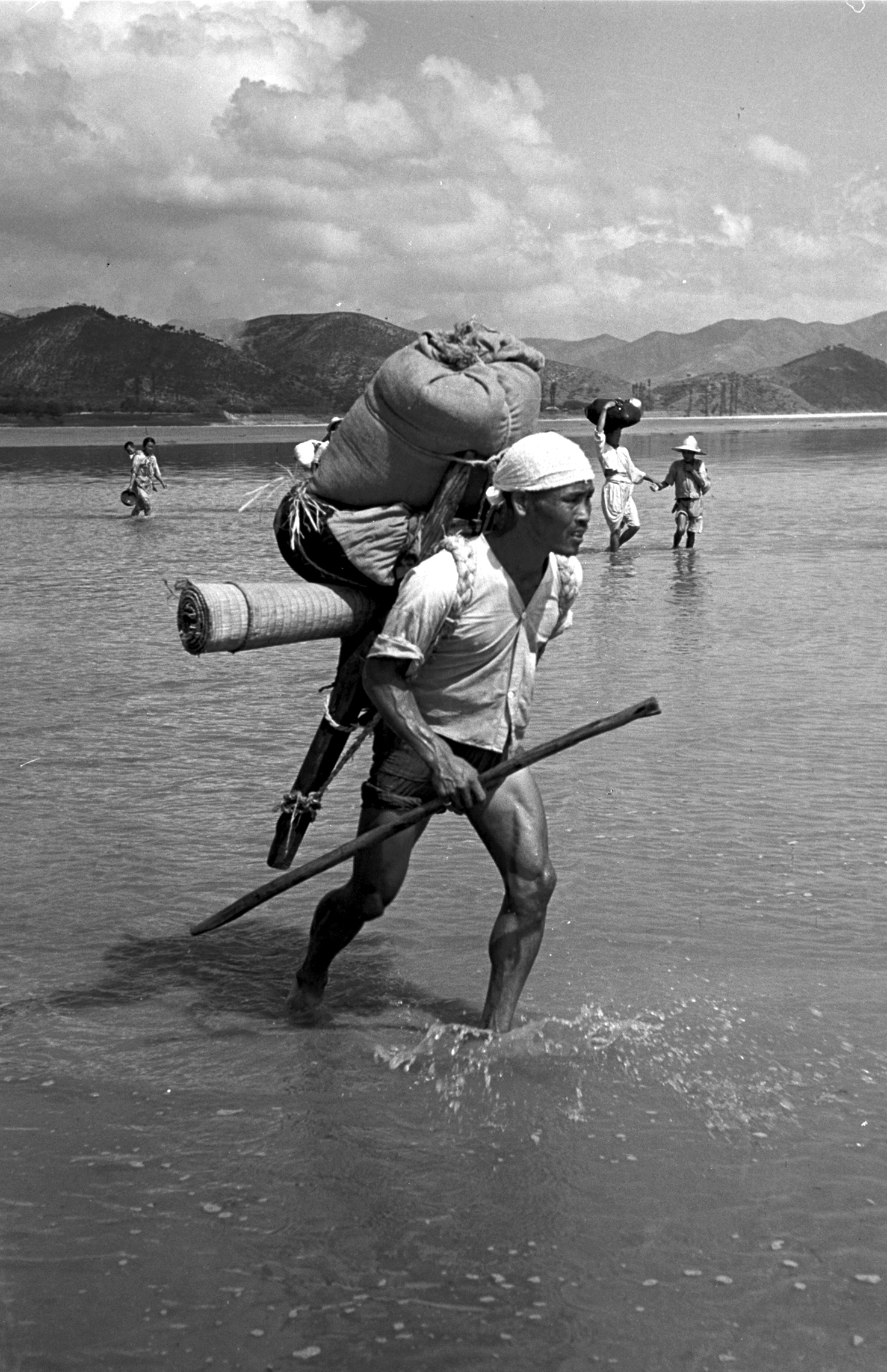
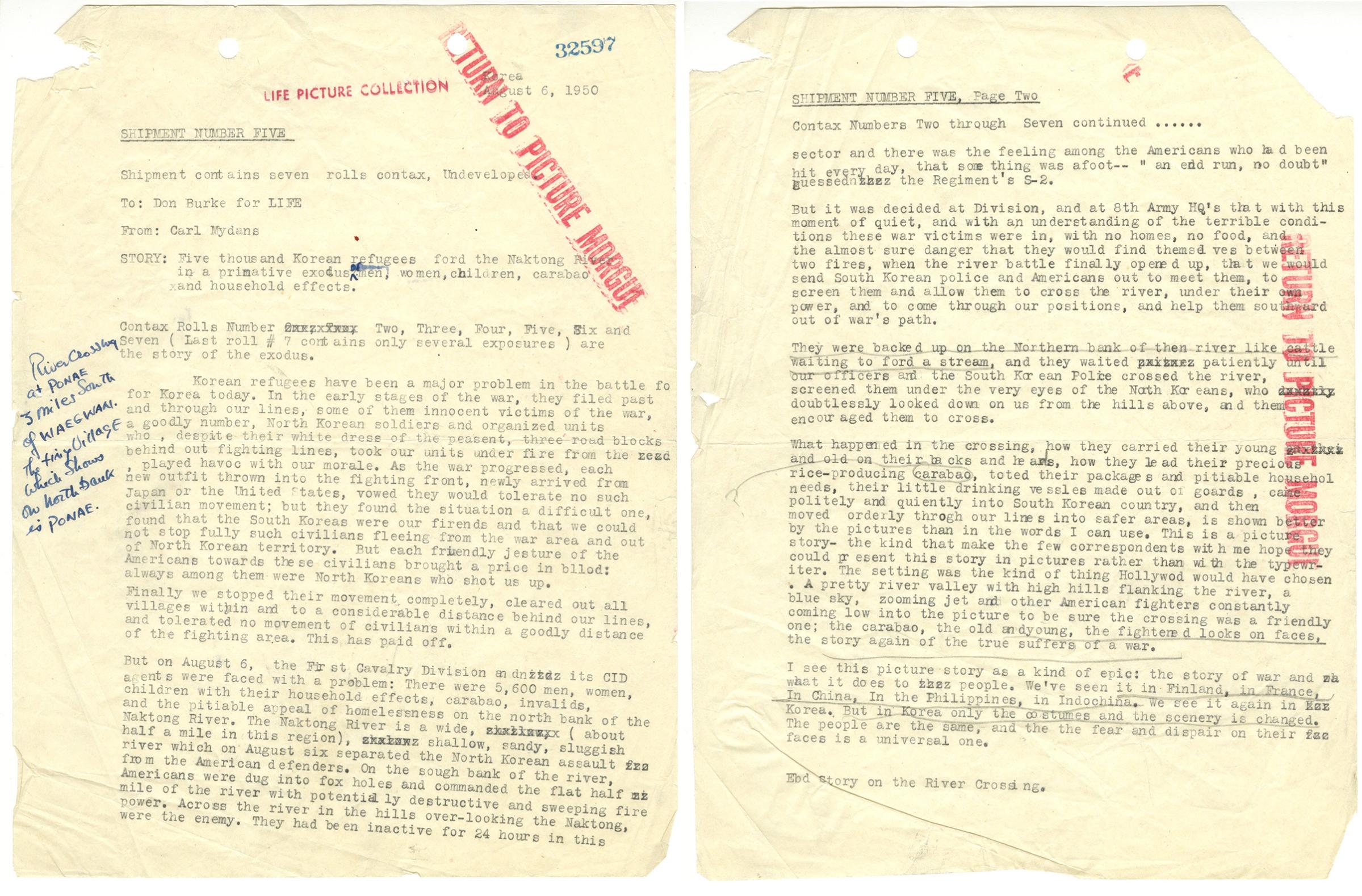
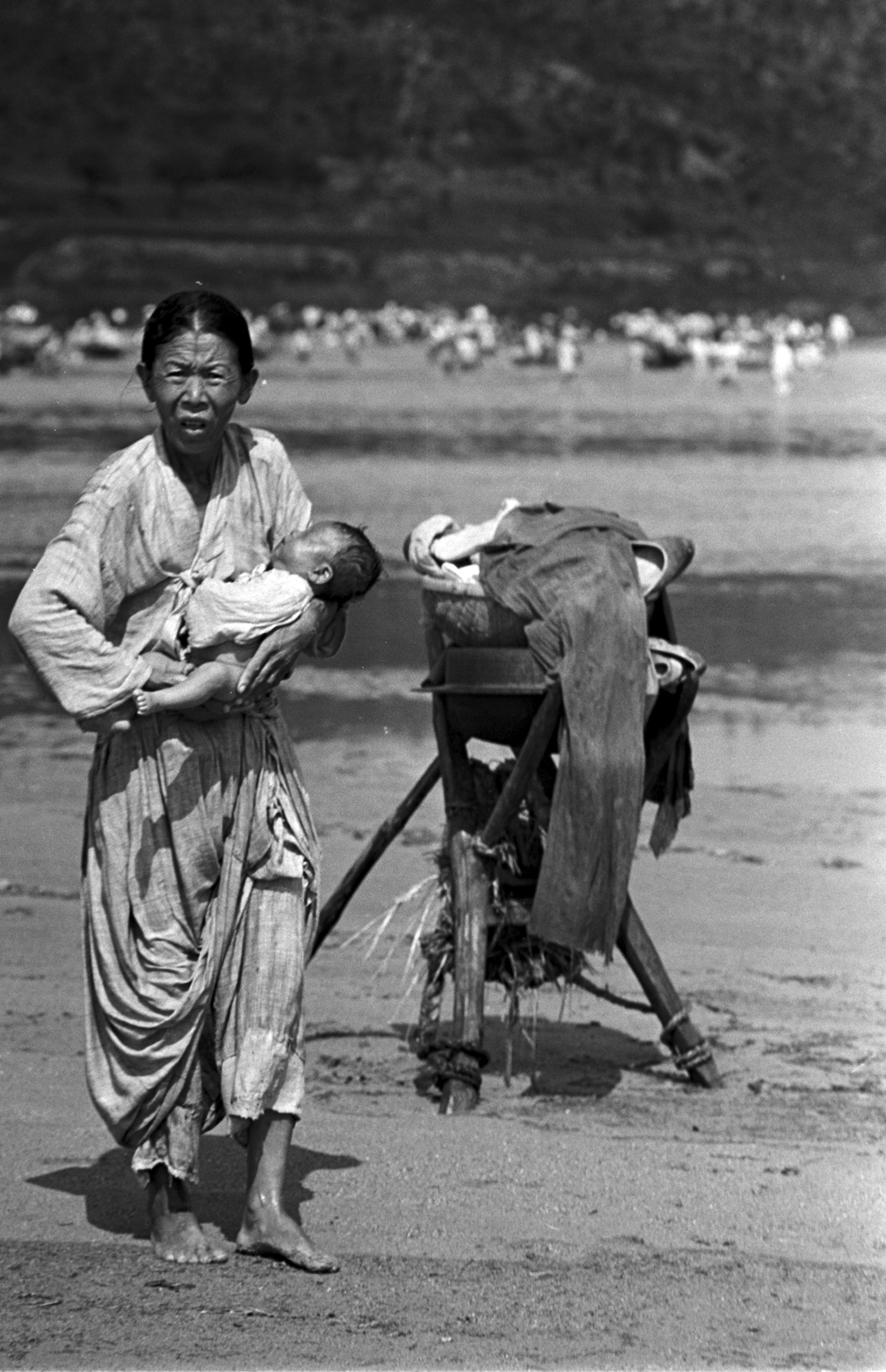
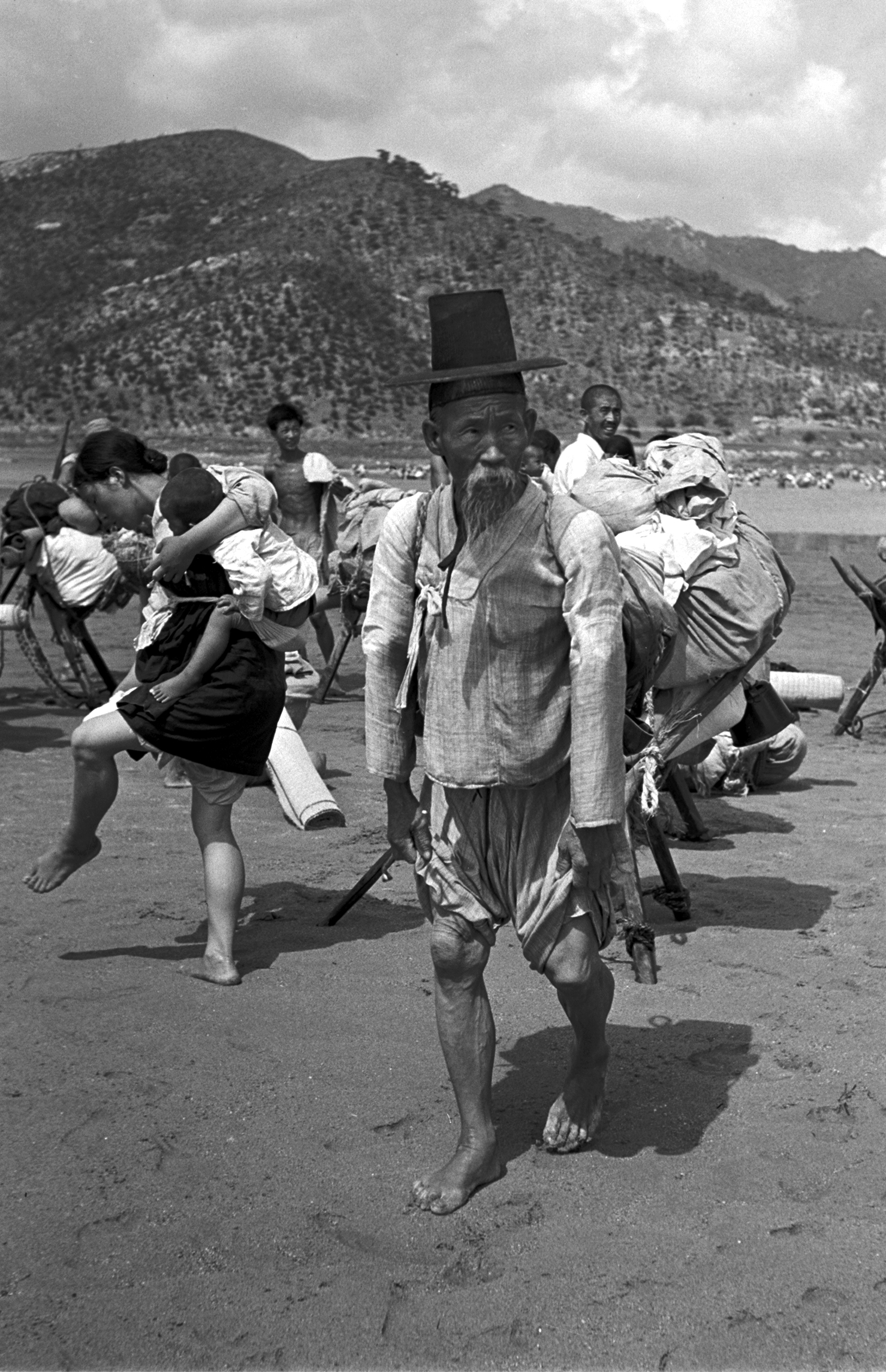

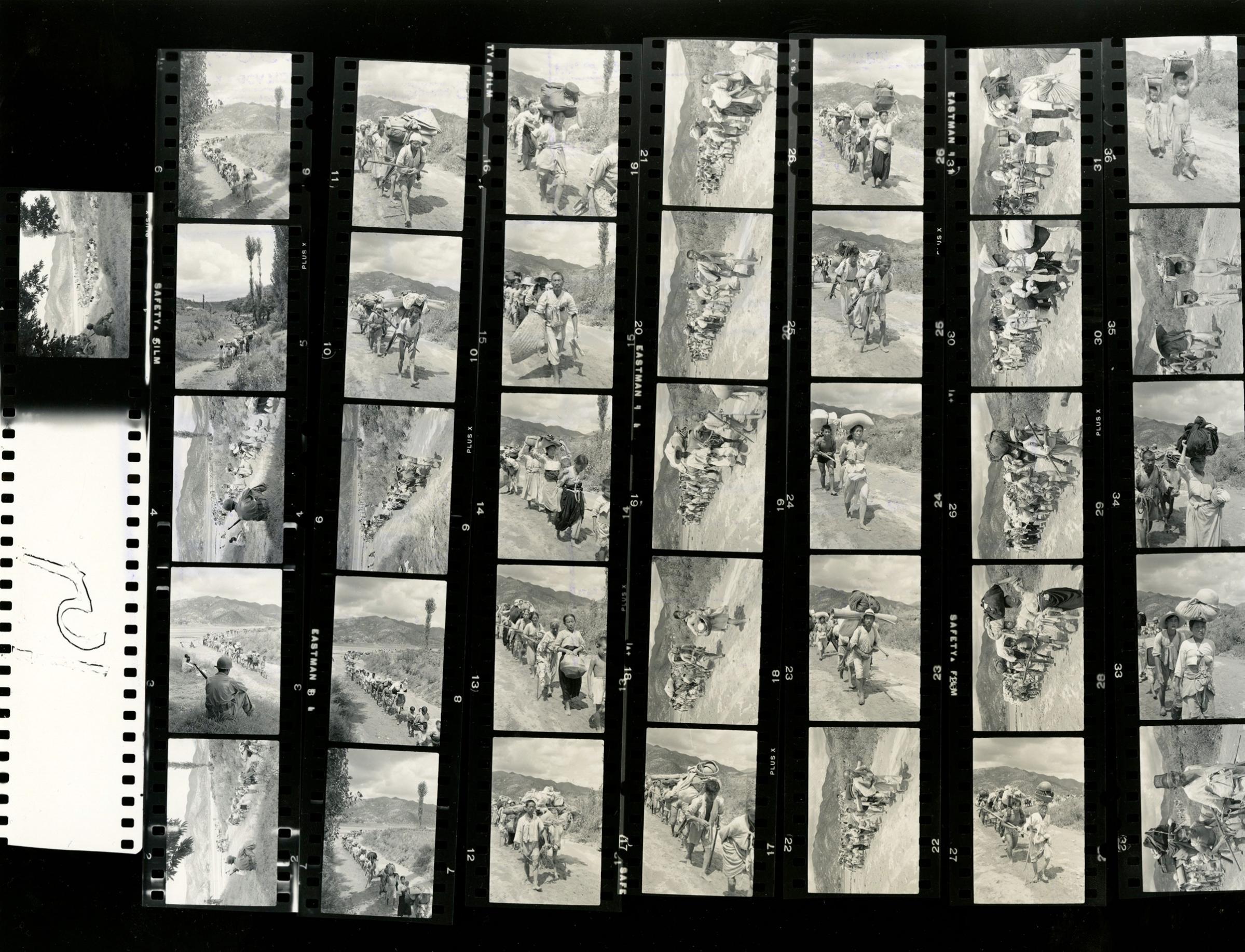

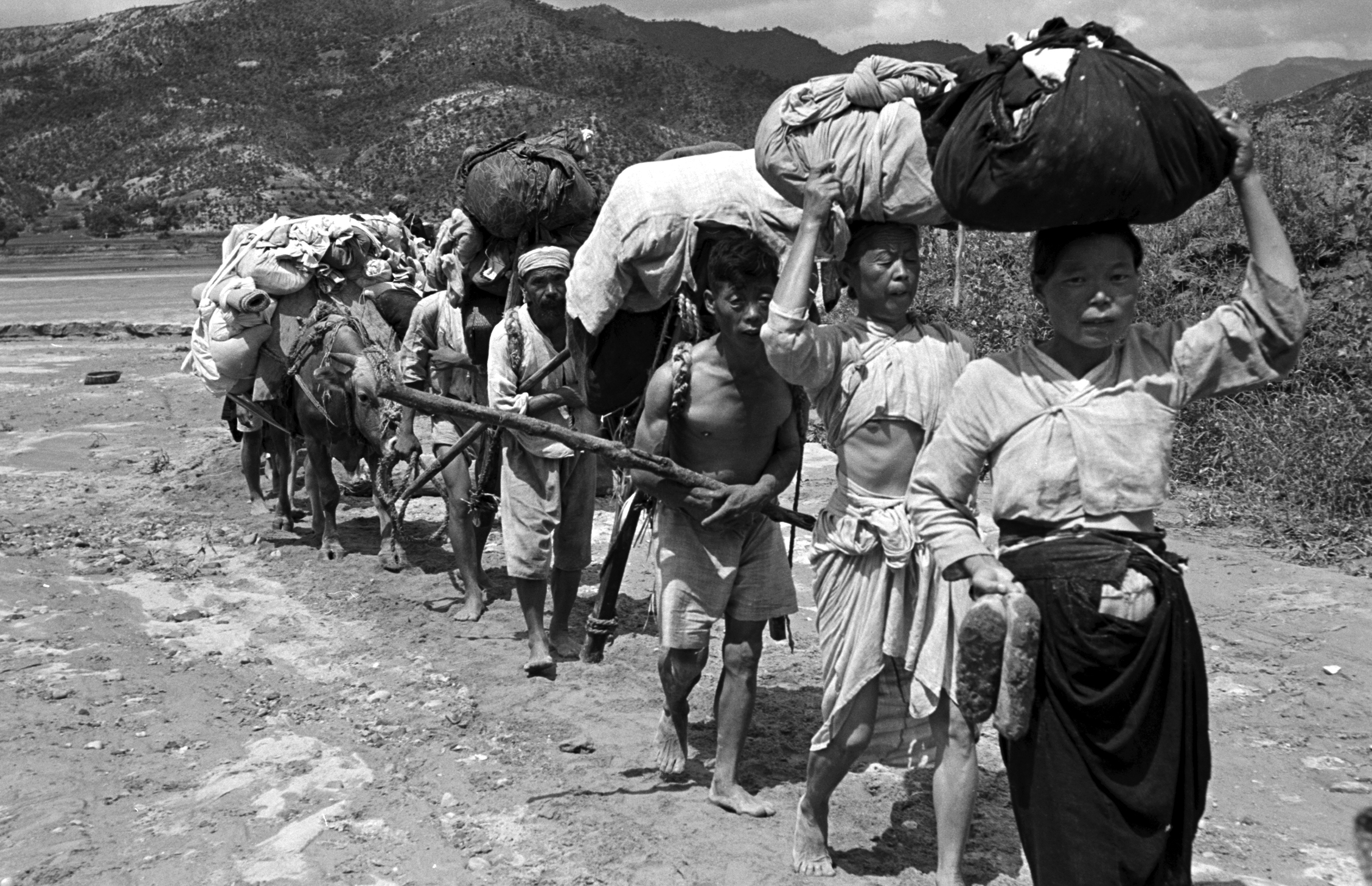

More Must-Reads from TIME
- Why Trump’s Message Worked on Latino Men
- What Trump’s Win Could Mean for Housing
- The 100 Must-Read Books of 2024
- Sleep Doctors Share the 1 Tip That’s Changed Their Lives
- Column: Let’s Bring Back Romance
- What It’s Like to Have Long COVID As a Kid
- FX’s Say Nothing Is the Must-Watch Political Thriller of 2024
- Merle Bombardieri Is Helping People Make the Baby Decision
Write to Lily Rothman at lily.rothman@time.com